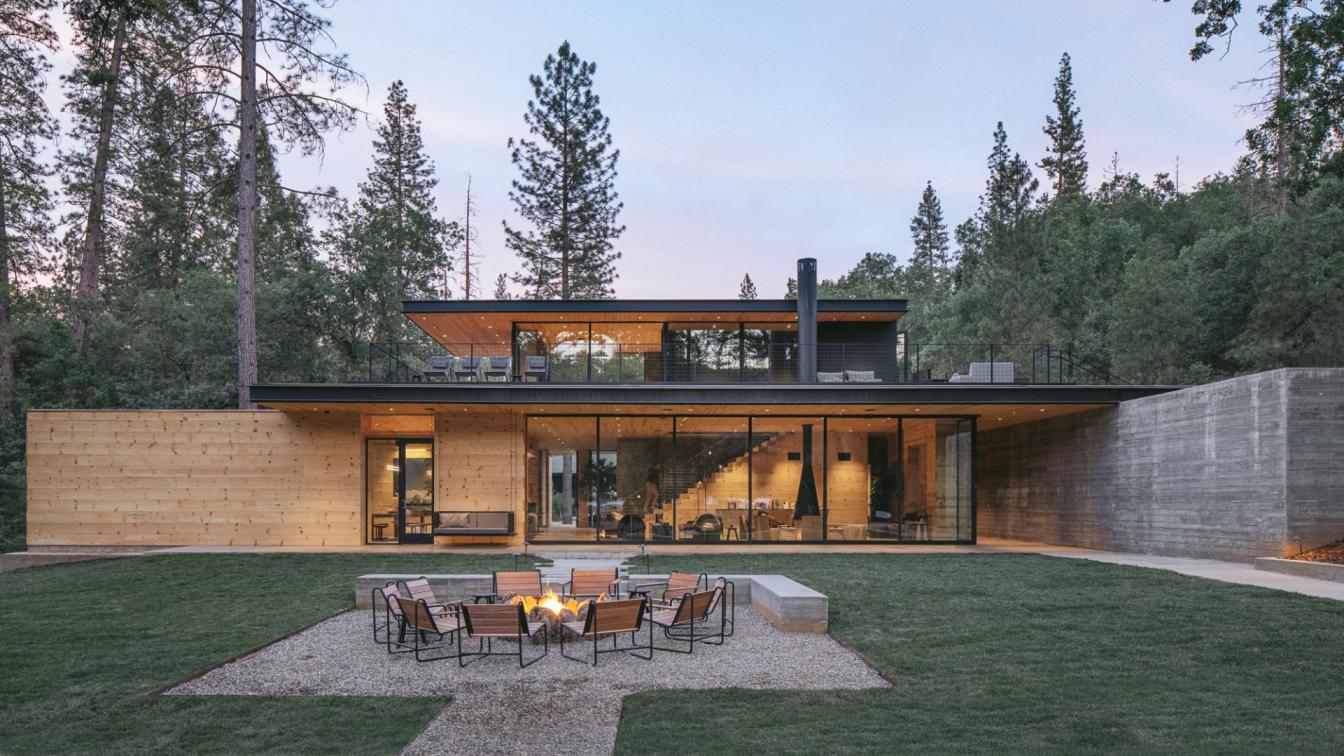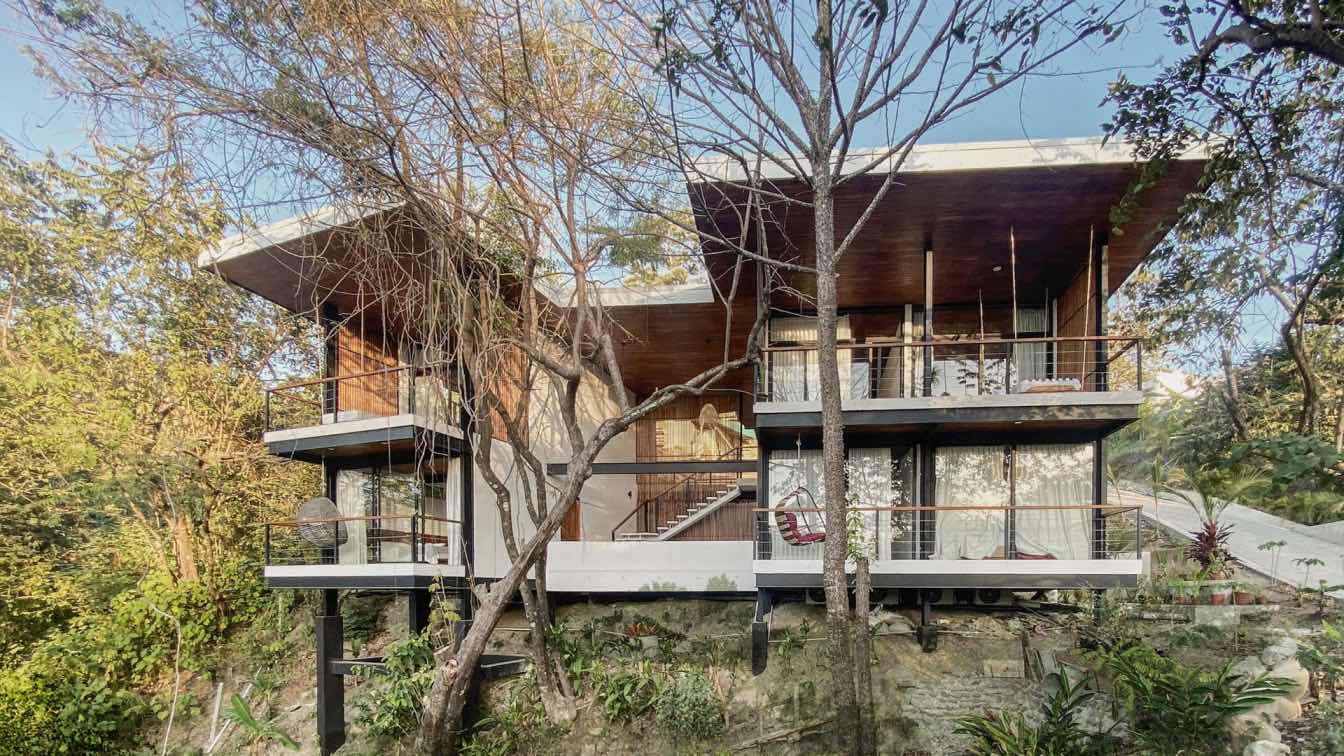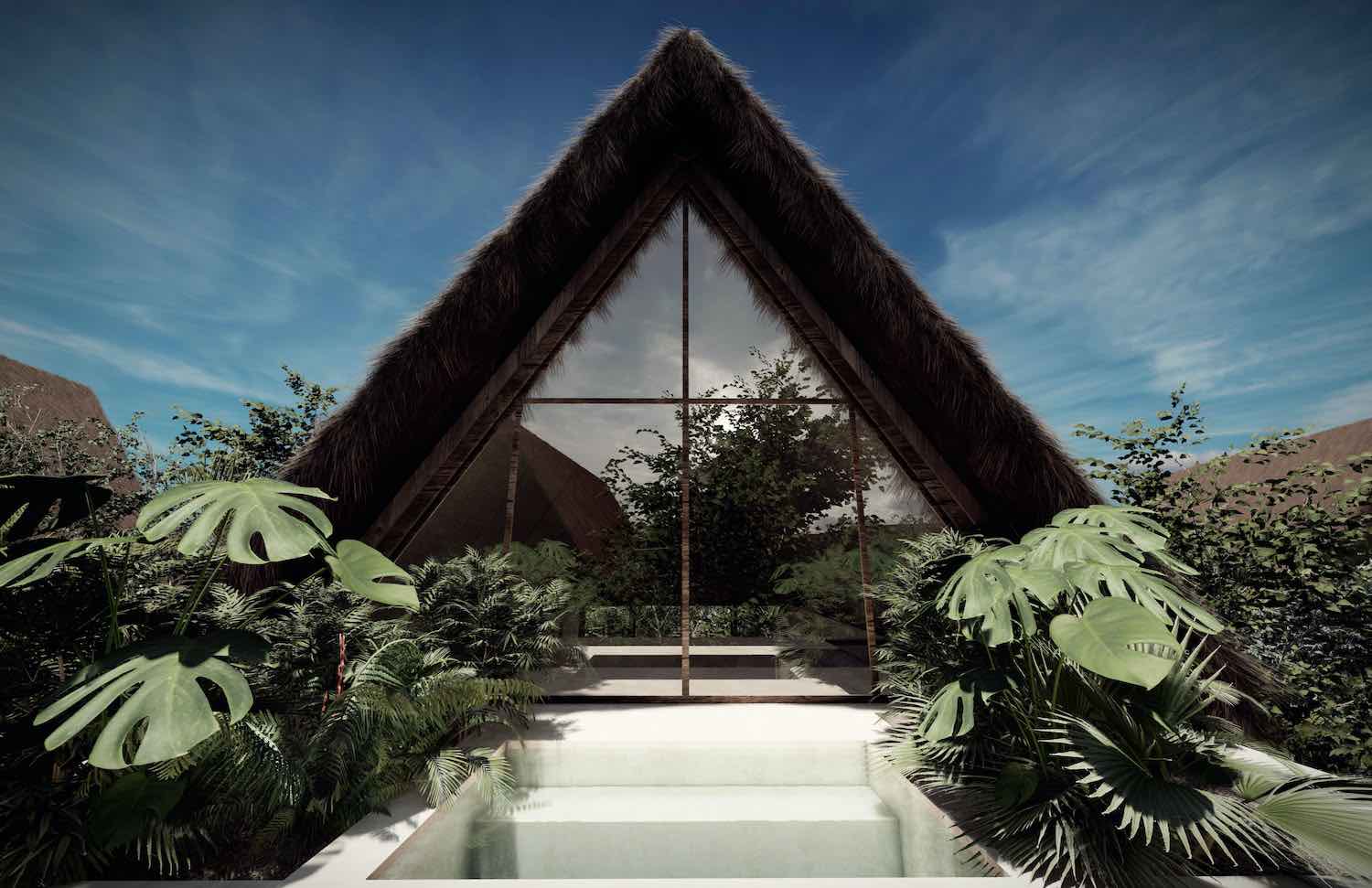The Sea of Galilee in Israel - as well as the churches, holy sites, and ancient mosaics surrounding it - serve as a historical and cultural focal point attracting many. Very recently, the Nevel David Galilee Resort was inaugurated nearby - a unique and inspiring complex that springs from the earth and resembles in its shape King David's harp, a reminder of the rich and ancient local history.
Welcome to a new and intriguing resort, named Nevel David Galilee, overlooking the intoxicating landscapes of the Sea of Galilee, the Golan Heights, and the Galilee mountains in Israel, surrounded by mango orchards and lush vegetation unique to the area - a perfect backdrop for the prestigious complex that includes 276 guest rooms of various levels, including 18 suites, 2 of which are presidential.
The structure, which manages to inspire awe just like its surroundings, was designed by the esteemed architectural firm 'Miloslavsky Architects' and styled by Michael Azoulay's studio - one of the largest and leading firms in planning and designing commercial spaces, hotels, and resorts - in Israel and worldwide. Now, Azoulay shares the thoughtful choices made for this magnificent complex that continues to make waves.
"In addition to the impressive rooms, hotel guests are invited to enjoy a lobby restaurant and business lounge, halls of various sizes for events and conferences, meeting rooms for business retreats, an amphitheater set to host international artists' performances, a heated infinity pool overlooking the Sea of Galilee, and a spa combining a gym with cycling and running tracks," explains Azoulay. "Similar to the planning of the building itself, great thought was given to the guest experience, and indeed the level of service in the complex is considered superior and includes personalized hospitality and excellent local cuisine."

"The architectural design created by 'Miloslavsky Architects' incorporates the natural resources found in the hotel's natural environment. For example, the black and powerful basalt stones and the delicate river pebbles spread along the shores of the Sea of Galilee," explains the designer. "For both interior and exterior, we chose to harness the fantastic essence that pervades the area, as well as the surrounding history and archaeology. In this way, hotel guests enjoy an authentic experience that combines past, present, and future.
Among other things, this is achieved through the monochromatic color scheme (purely light earth and sand tones), delicate textures, and rounded silhouettes, which create a cultural and relaxed atmosphere and give a place of honor to the pristine nature revealed in all its glory through the large glass walls - a resource that is an integral part of the experience in the place."
According to Azoulay, the rounded and arched shapes of the historical string instrument (namely the harp) can be seen in different parts of the hotel and it was an important and central axis in the design and styling concept from the very first presentations: "The soft and rounded lines we used create a flowing and pleasant movement, both in the structure itself (in the envelope, the sculptural staircase, the bridges, ceilings, and reception desk for example) and in the design where we incorporated rhythm and movement, similar to musical notes," he explains.

"We deliberately chose objects that support this concept, such as airy partitions that separate various functions, stylized lighting fixtures, outdoor furniture incorporated into indoor spaces, and carpets mimicking the shape of the Sea of Galilee itself." "The rationale that was constantly before our eyes was to maintain flow and harmony and to incorporate elements that, despite being dominant and significant, still manage to give proper understanding to the surrounding landscapes.
The materials, textures, and colors are all borrowed from nature, and in the design details and styling we incorporated into the space, one can see hints of tribal elements in a modern interpretation - evidence of the rich history of the local natives of the area. In doing so, we drew inspiration from the worlds of craft and used net curtains, large chains, tassels, natural fabrics, and incorporated patterns that adorn keffiyehs - those headdresses worn by locals."
"We continued this line also in the hotel rooms themselves, where against the neutral envelope we incorporated a wallpaper with a reed pattern on the headboard wall that seems to continue in a continuous line - from the room to those planted along the shoreline and clearly visible through the windows. The same goes for the embroidered bedspreads, which add an ethnic dimension and warm, natural coloration."























